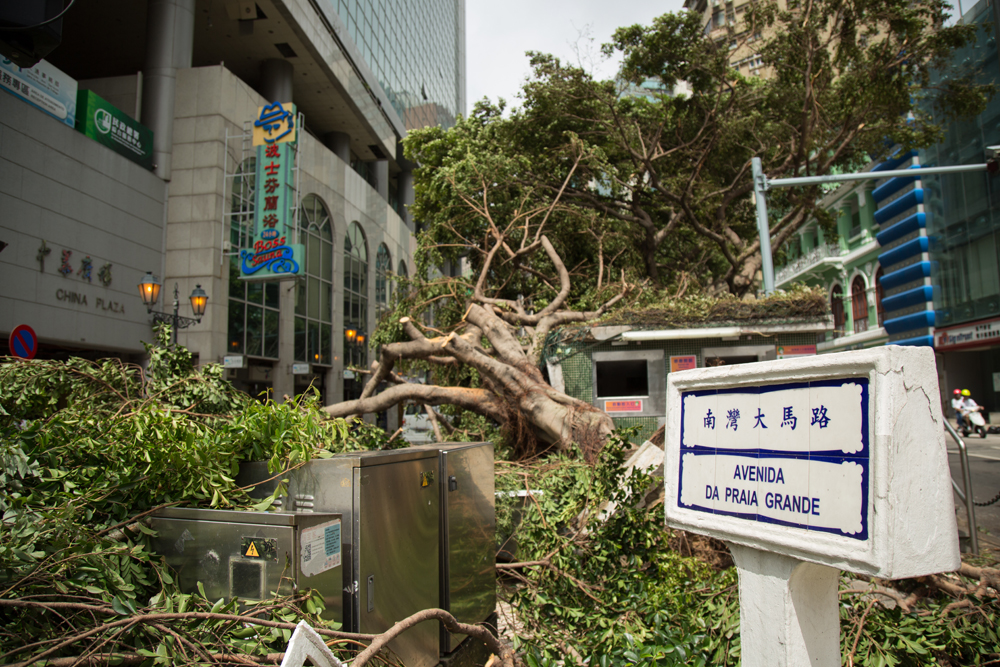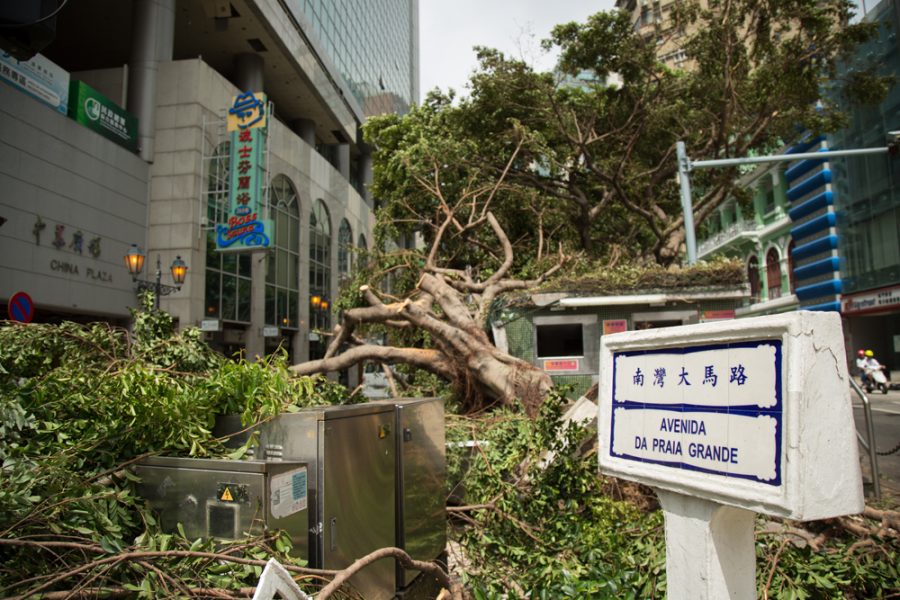The government has gathered 1,264 opinions and suggestions from residents on the improvement of its mechanism for responding to typhoons and other major disasters, the Policy Research Office (GEP) said in a statement Tuesday.
The office collected residents’ opinions on how the government should improve the mechanism, from August 28 until Monday.
According to the statement, the opinions collected concern coordination of civil protection work, dissemination of information and how to improve the relevant facilities, as well as the way the government informs residents about the possible threats of typhoons and other major disasters.
It also said that the opinions and suggestions collected will be submitted to the recently-founded Committee for the Review of the Mechanism for Responding to Major Disasters and its Follow-up and Improvement.
The government set up the committee late last month in response to the Typhoon Hato disaster with the aim of reviewing its existing mechanism to tackle disasters and coming up with measures to improve it. The committee consists of the chief executive, the government’s five policy secretaries, the commissioner-general of the Unitary Police Service (SPU) and the director-general of the Macau Customs Service (SA). It is chaired by the chief executive. Civil protection is overseen by the Unitary Police Service.
The super-typhoon killed 10 and injured 244 in Macau on August 23. The disaster, which resulted in power and water supply disruptions, left Macau in shock for several days. The government’s disaster response improved after about 1,000 soldiers of the local garrison of the People’s Liberation Army (PLA) helped remove huge piles of debris from the streets.
According to the Macau Post Daily, the PLA troops were warmly welcomed by residents who described them as “saviours” and “heroes”. It was the first time since the establishment of the Macau Special Administrative Region (MSAR) in 1999 that the PLA garrison assisted in the city’s disaster response measures.
The government has said that Typhoon Hato was the fiercest to hit the city in over five decades. Hato coincided with a massive storm surge that caused severe flooding in low-lying areas.
Chief Executive Fernando Chui Sai On held talks in Guangzhou with Guangdong government officials on Monday on cooperation in strengthening flood prevention measures in the Inner Harbour, the greater part of which belongs to Guangdong.






